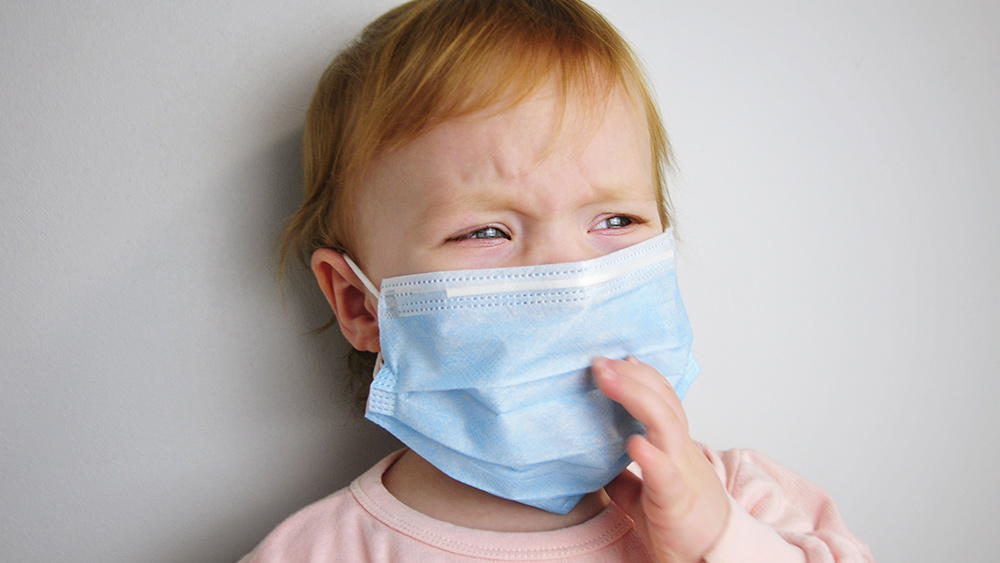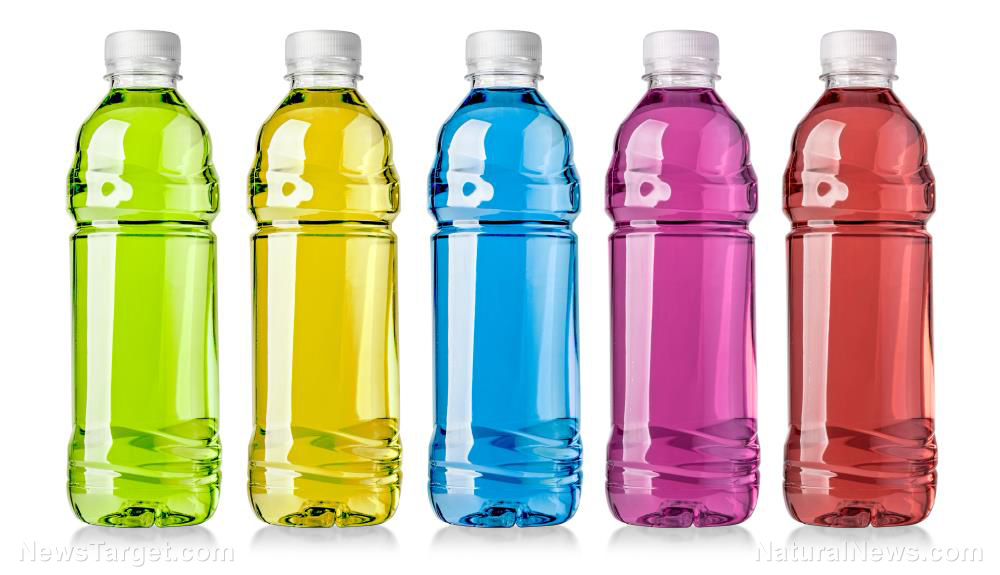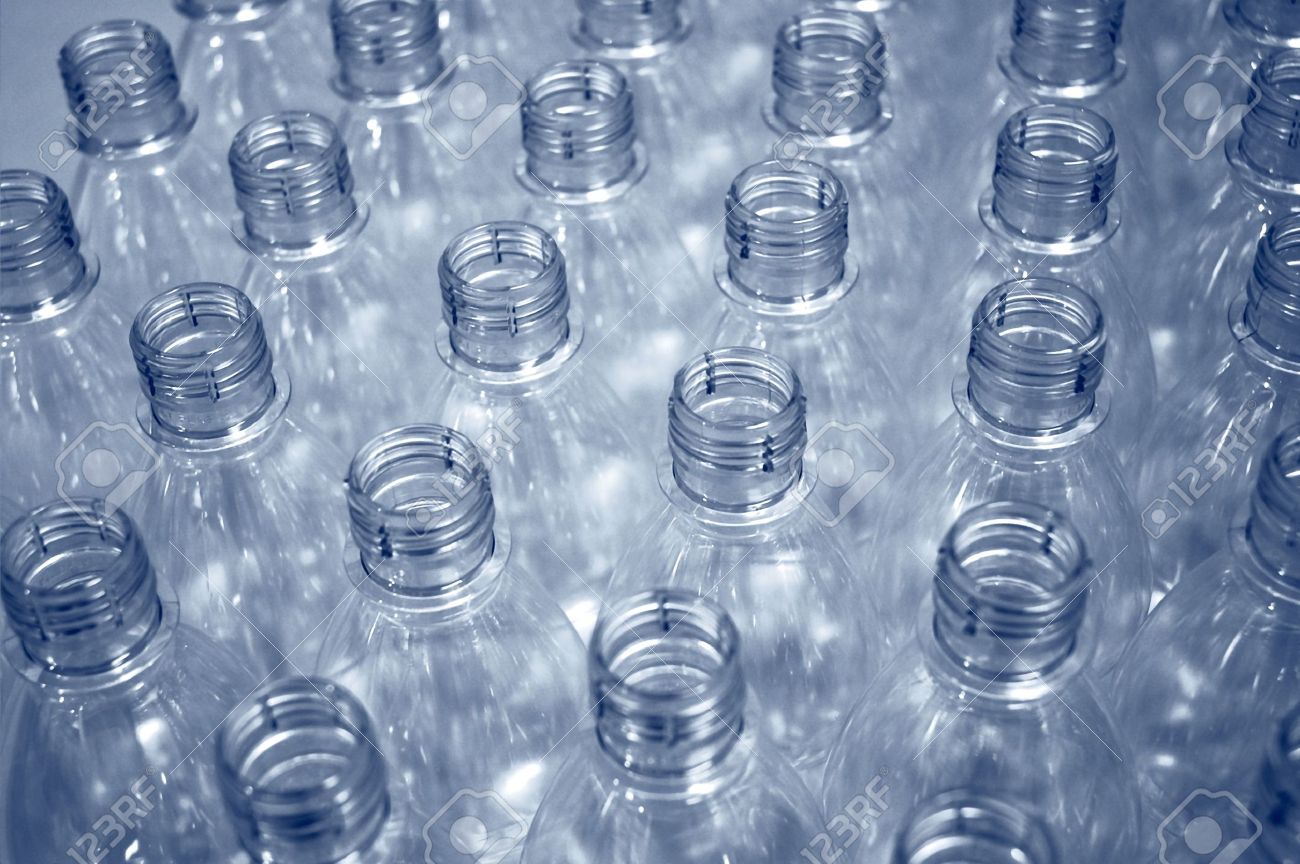Plastic fibers from clothes are polluting the Arctic ocean – study
01/20/2021 / By Divina Ramirez

Microplastics – microscopic pieces of plastic – have previously been found in Arctic sea ice. Now, new research shows that microplastics are polluting the entire Arctic region, including the North Pole.
Published in the journal Nature Communications, a study by researchers from Canada found an average of 49 microplastic particles per cubic meter of seawater throughout the Arctic. Of these, 92.3 percent were synthetic fibers, most of which were polyester. These figures are approaching levels of plastic pollution seen in the more exposed Pacific and Atlantic Oceans.
According to lead author Peter Ross, an ocean pollution expert with Ocean Wise Conservation Association, the dominance of polyester fibers highlights the role that the textile industry may have in the contamination of the world’s oceans.
Polyester fibers floating in the Arctic
The Arctic region is characterized as being the barometer of the planet’s health as it is vulnerable to changes in temperature. It may also hold clues that would allow experts to better understand environmental concerns like marine plastic pollution.
For their study, the researchers collected near-surface seawater samples from 71 stations across the region and compared them with a second set of samples taken from the Beaufort Sea located north of Canada.
They analyzed both sets of samples using infrared spectrometry. Many of the microplastic particles they found were already heavily degraded. So they relied on characteristics like size, shape, colors and polymer identity to provide additional indications of the particles’ origins.
According to Ross, these key physical characteristics closely resembled what he and his colleagues found in an earlier study of microplastics in the largest domestic wastewater treatment plant in Vancouver, Canada. Additionally, the size and shape of the synthetic fibers mirrored those seen in laundry wastewater.
The researchers also found three times more synthetic fibers in samples collected from the eastern Arctic than in those collected from the west. Fibers from the east were also 50 percent longer and had an infrared signature that closely resembled commercial polyester, such as that used in synthetic clothing.
Ross suggested the disparity between plastic pollution in the eastern Arctic and that in the western Arctic may be because the fibers entered the Arctic Ocean from the more polluted Atlantic Ocean. This is likely the case because experts find that about nine times more water enters the Arctic from the Atlantic than the Pacific.
Given these findings, Ross noted that laundering clothes might be contributing to marine plastic pollution. Fast fashion, a business model that prioritizes the use of cheap, disposable materials like polyester to create trendy clothes, may also be driving the prevalence of polyester fibers in the ocean.
That said, it might not be too late for the world’s oceans. Many textile design, manufacture and retail firms are stepping into the sustainability path by recycling clothing, using plant-based materials to make fabric and supporting research into environmentally friendly alternatives for materials like animal leather.
Consumers and homeowners can also help curb marine plastic pollution by recycling their clothes or installing a lint trap in their washing machine. Research has shown this can help reduce fiber release by up to 95 percent. People can do their part by buying fewer clothes, buying clothes made with plant-based materials and washing and drying clothes less frequently.
Governments and wastewater treatment companies have a role as well in stemming the flow of microplastics into the Arctic. “We all have a role to play,” said Ross. (Related: Billions of microplastics flooding our seas, scientists warn that environmental pollution is worse than initially thought.)
Follow Pollution.news to learn more about the consequences of marine plastic pollution.
Sources include:
Submit a correction >>
Tagged Under:
arctic ocean, environment, marine life, microplastics, ocean health, Oceans, research
This article may contain statements that reflect the opinion of the author
RECENT NEWS & ARTICLES
Microplastics.News is a fact-based public education website published by Microplastics News Features, LLC.
All content copyright © 2018 by Microplastics News Features, LLC.
Contact Us with Tips or Corrections
All trademarks, registered trademarks and servicemarks mentioned on this site are the property of their respective owners.




















